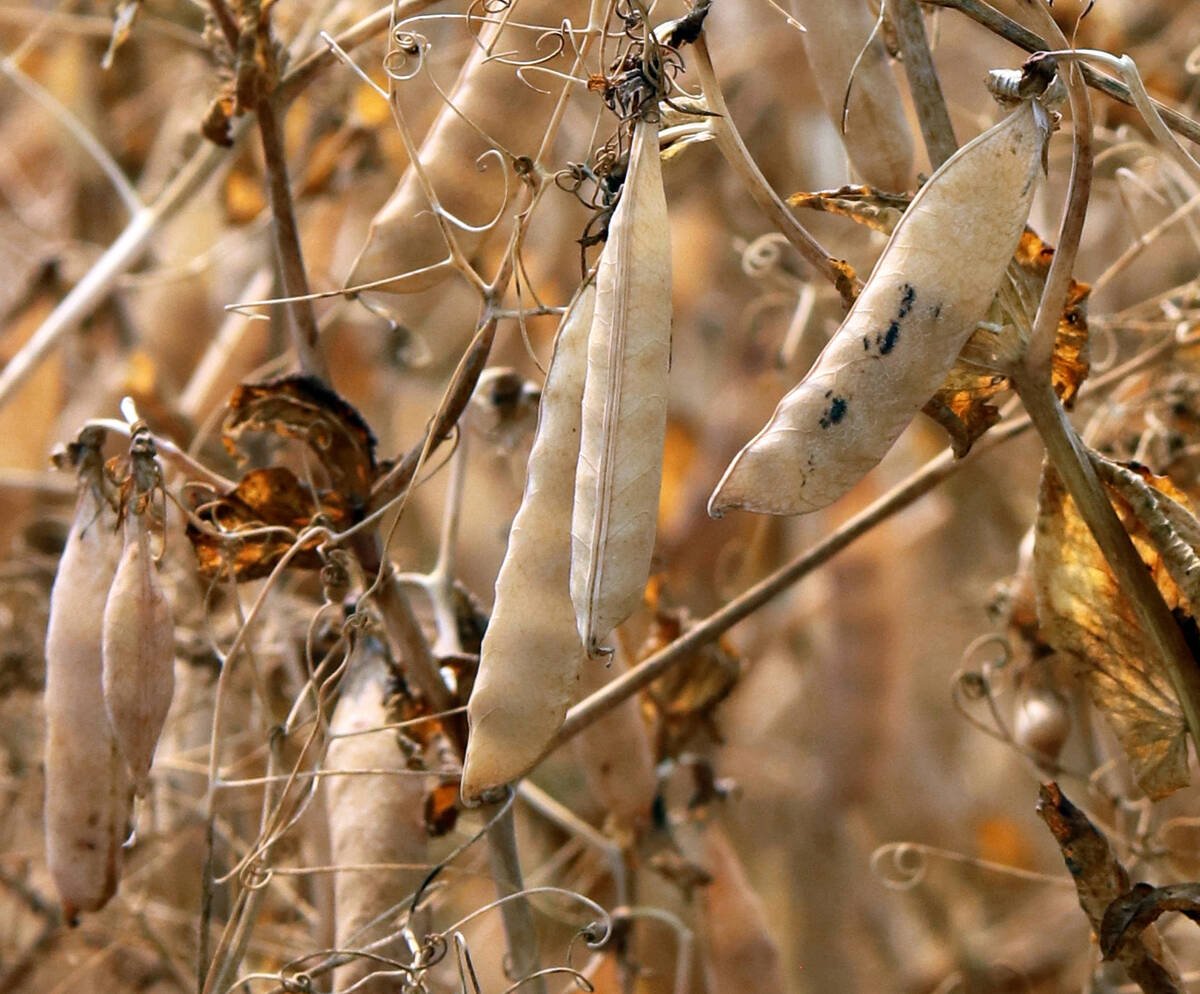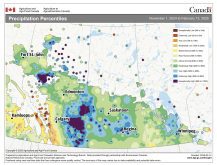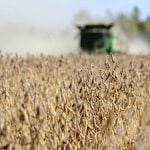This cattle market information is selected from the weekly report from Canfax, a division of the Canadian Cattlemen’s Association. More market information, analysis and statistics are available by becoming a Canfax subscriber by calling 403-275-5110 or at www.canfax.ca.
Few fed sales
Sale volumes were too light to establish a weighted average Alberta fed price, but the market tone was steady to weaker. From their highs in June, prices have declined six percent. In general, the summer fed market has fared well as prices historically drop 15-17 percent. Tighter supplies this fall make the historical drop unlikely.
Read Also

Trump’s tariffs take their toll on U.S. producers
U.S. farmers say Trump’s tariffs have been devastating for growers in that country.
Competition on the cash market was limited last week because packers seem to have a lot of cattle. Dressed sales/bids were reported from $388-$390 per hundredweight delivered, steady to $2 per cwt. lower than last week. The few cattle that traded were scheduled for the beginning of October delivery.
This summer, western Canadian slaughter rates have been running well below last year and have slightly backed up supplies. Over the previous five weeks, western Canadian fed slaughter has averaged 40,928 head per week compared to 44,256 head per week last year.
With reduced slaughter rates and lighter carcass weights compared to last year, Canadian beef production for the middle of August is the smallest since 2015.
In Ontario, dressed sales were reported at $389 per cwt. delivered, steady to $1 per cwt. lower than the previous week.
The fall calf run is getting underway 30 to 60 days earlier than normal and non-fed volumes are expected to increase, taking a few hooks away from A grade cattle.
In the United States, dressed sales in Iowa and Nebraska ranged from US$209-$295 per cwt., steady to $2 per cwt. lower than the previous week. Live sales in the northern feeding states were $184-$185 per cwt., $1-$2 per cwt. weaker. Sales in Texas and Kansas were at $179 per cwt., steady to a little stronger.
Over the past four weeks, U.S. beef cow slaughter has been down 21 percent compared to last year. Utility cow prices continue to strengthen, setting new annual highs, but are still shy of their record highs set in 2014. June to December 2024 live cattle contracts set new highs Aug. 25.
Feeder price rises
Alberta feeder prices rebounded higher for a second week, and calf prices continued to test record highs. Feeder prices show no sign of easing.
Calves lighter than 500 pounds saw prices surge $18-$25 per cwt. higher than the previous week on ample offerings, larger lot sizes and quality. Grass yearlings to place against the lucrative first quarter fed market maintained price momentum, firming almost $2.50 per cwt. higher than the previous week.
Weekly auction volumes eased 12 percent lower than the previous week to 41,970 head and were 89 percent larger than the same week last year. Year-to-date auction volumes are 24 percent larger than year ago, totalling 873,517 head.
Canadian feeder exports to the U.S. for the four-day week ending Aug. 12 were smaller than the previous week at 2,080 head and were down 20 percent from the same week last year. Year to date, feeder exports were 35 percent lower than a year ago, totalling 97,121 head.
The July 1 Statistics Canada cattle inventory report indicates that Canadian calf inventories were 2.4 percent lower than 2022, and in Alberta there were 4.7 percent fewer calves.
Increased competition is anticipated for new crop calves, and strong fed prices should remain price supportive. Deteriorating pasture conditions will continue to flush feeders to market ahead of schedule.
Cow cull continues
Deteriorating pasture conditions continue to flush slaughter cows to market, and prices eased around $1 per cwt. lower than the previous week. D2 cows averaged $149.42 per cwt. and D3s closed last week at $132.92 per cwt. Dressed cow bids trended generally steady from $285-$290 per cwt. delivered.
Butcher bull prices firmed almost a $1 per cwt. higher than the previous week, averaging $160.20 per cwt.
Western Canadian non-fed slaughter for the week ending Aug. 19 was seven percent lower than the previous week at 6,041 head and year-to-date was seven percent larger, totalling 238,861 head.
Increased slaughter cow offerings are seasonally anticipated, and pairs coming to town are being split, with bred cows heading to the slaughter pen.
Choice price steady
In U.S. beef trade, Choice cutouts made no significant movement, posting a slight one percent gain to US$317.63 per cwt. Select cutouts maintained the previous week’s momentum and were up another two percent to $291.91 per cwt.














